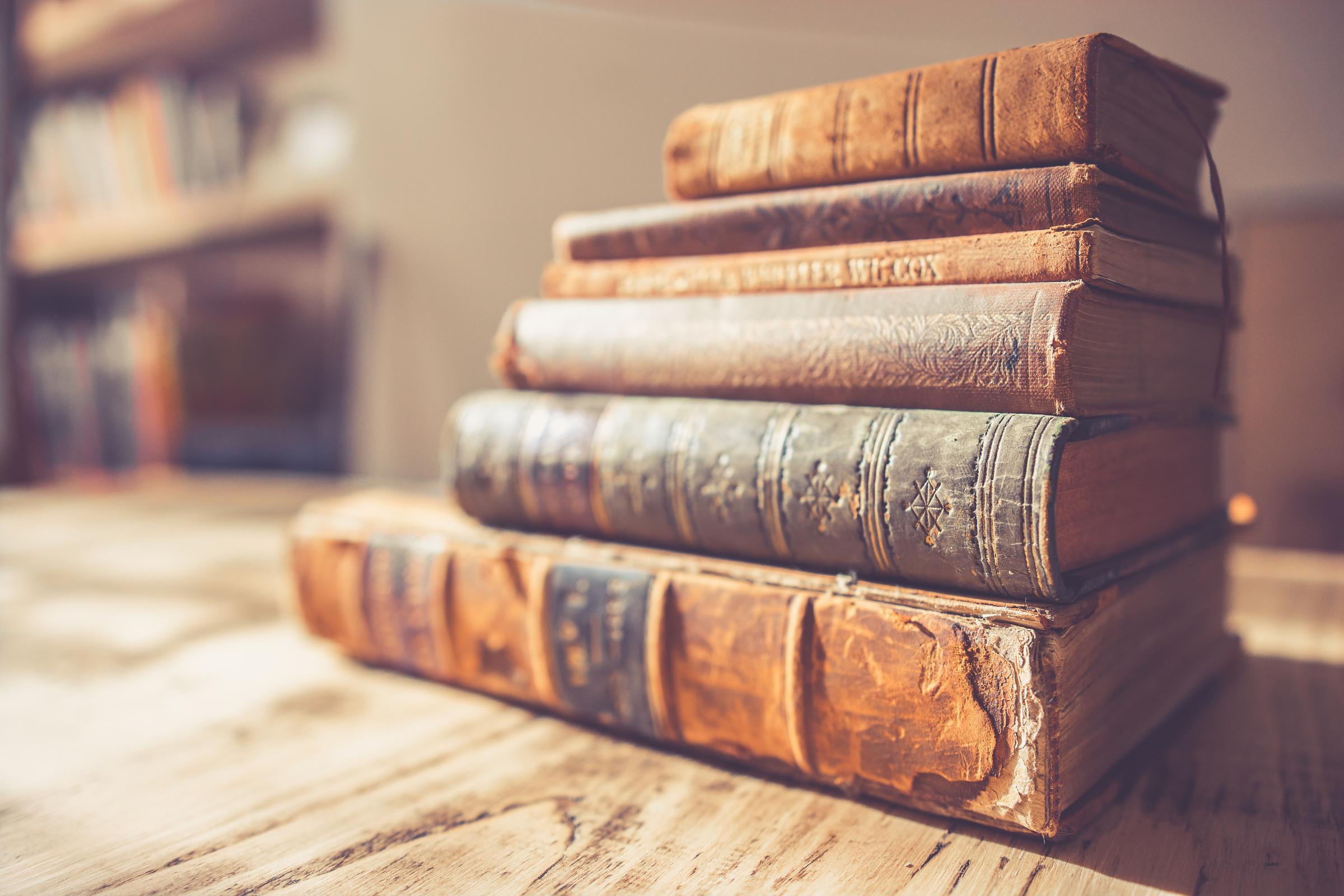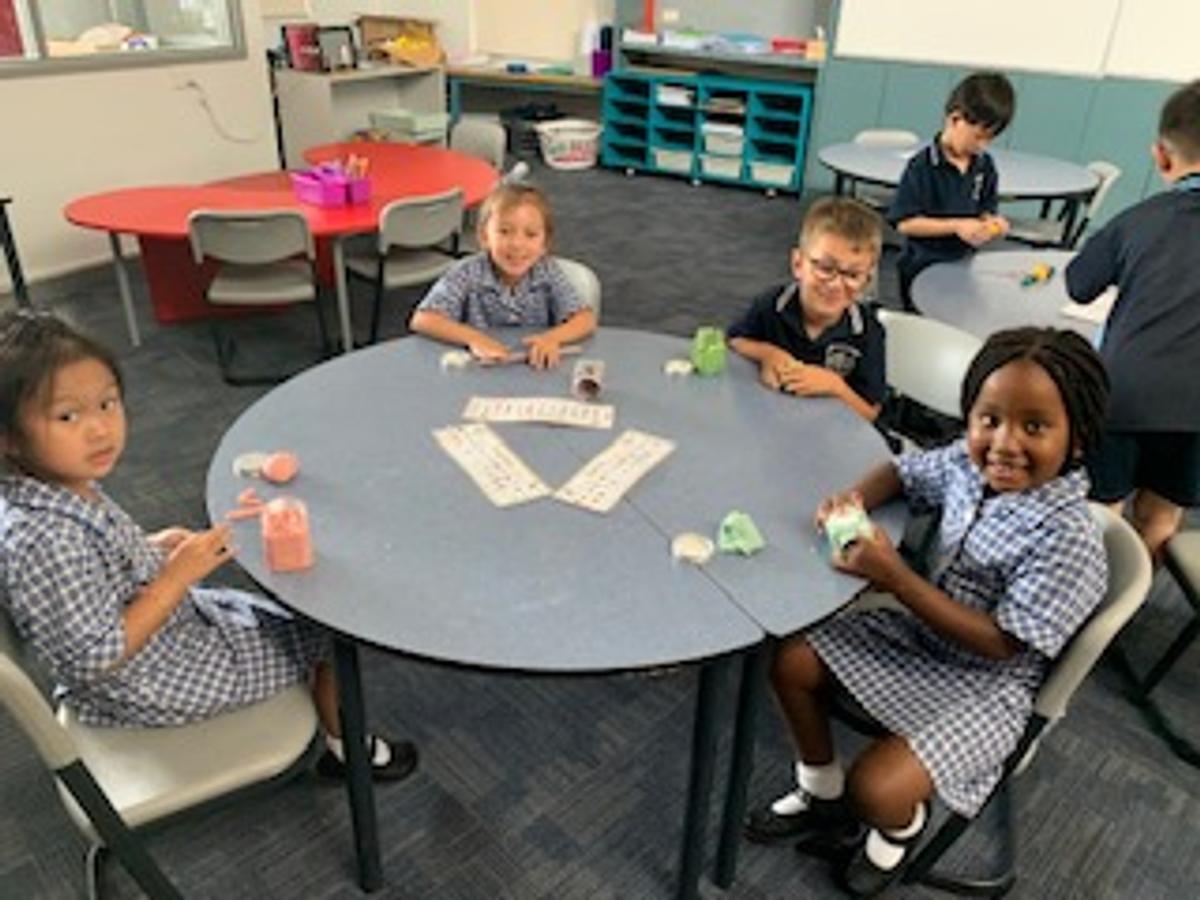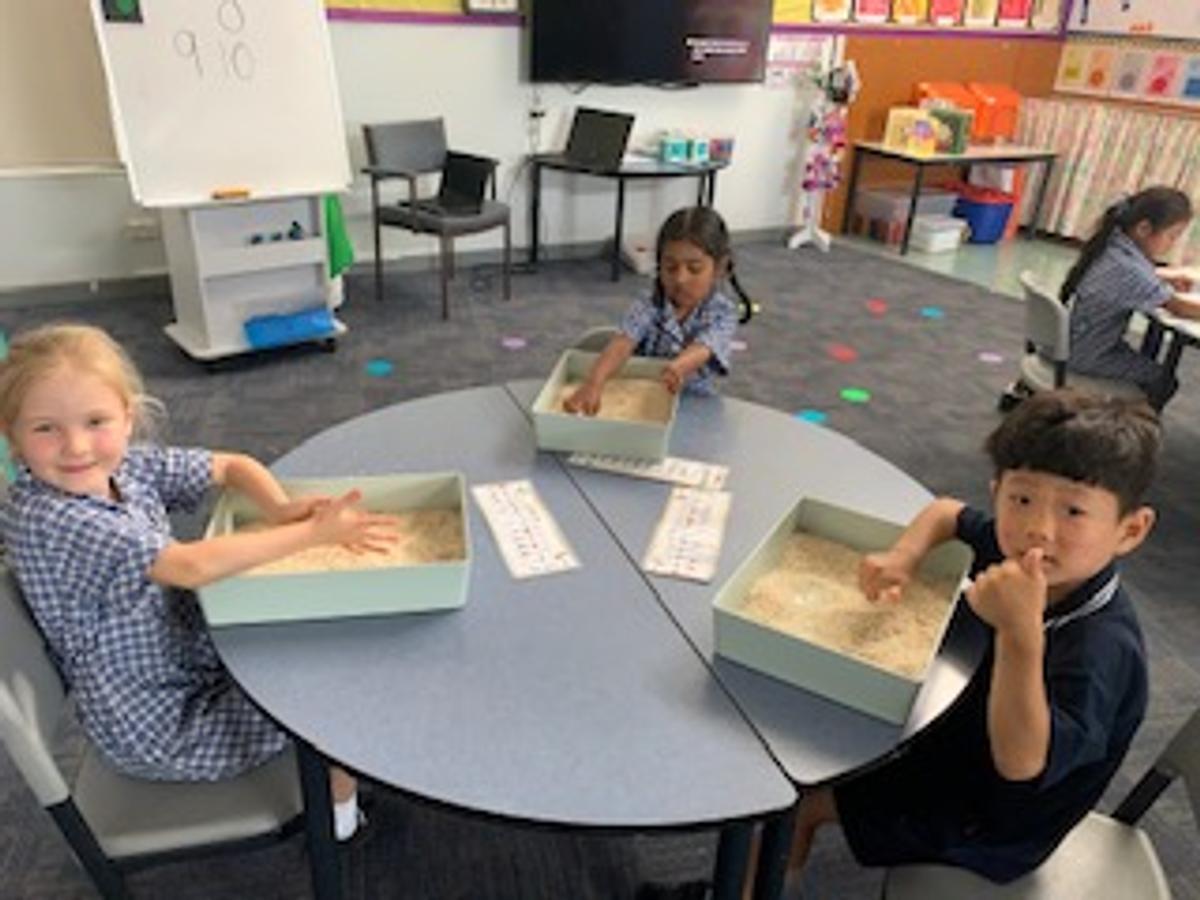Literacy - Prep to Year 2

Letters and Sounds
The English language is an alphabetic language — it is made up of letters for the various sounds in words.
Learning the letters of the alphabet and the sounds that are associated with them are the crucial first steps in reading.
Children who can recognise the letters of the alphabet in print and know at least the most common sounds associated with each letter (some letters have more than one sound in words, especially the vowels), will have an advantage when they begin school.
For some children, learning the alphabet is easy. Others will take much longer and will need more exposure, more repetition, and more practice.
Learning the alphabet is vital and it can also be fun. Fortunately there are many entertaining books, games and videos that have been created specifically for this purpose.
This page provides some tips and activities parents can use to help children learn the alphabet and letter sounds.
10 activities for learning the alphabet and letter sounds.
1. Look for books that have interesting pictures that you can talk about and ask your child to name.
2. Help your child to practise writing and making letters with a variety of materials. For example, writing letters in sand or with finger paints, or making letter shapes out of pipe-cleaners or modelling clay.
3. Point to words on the page as you are reading any book with your child and ask them to point to the letters they know.
4. Play alphabet bingo: Make small cards with a letter written or printed on each one and place them in a box or bag.
5. Draw squares on a piece of paper and write a letter in each square.
6. Say the name or letter sound for each card as you draw them from the box or bag and your child can cover the letter on their card with a marker or token.
7. Give your child an old magazine and a felt-tip pen or highlighter and ask them to circle all the words that start with a particular letter.
8. Teach your child the letters in their name.
Ask them to point out other words with those letters as you are reading.
9. Play alphabet memory: Make two identical sets of cards with a letter written or printed on each one.
Shuffle them together and place them face down.
10. Take turns to turn over two cards at a time to find matching pairs.
This article was taken from www.fivefromfive.com.au
Marina Russo
English Leader


